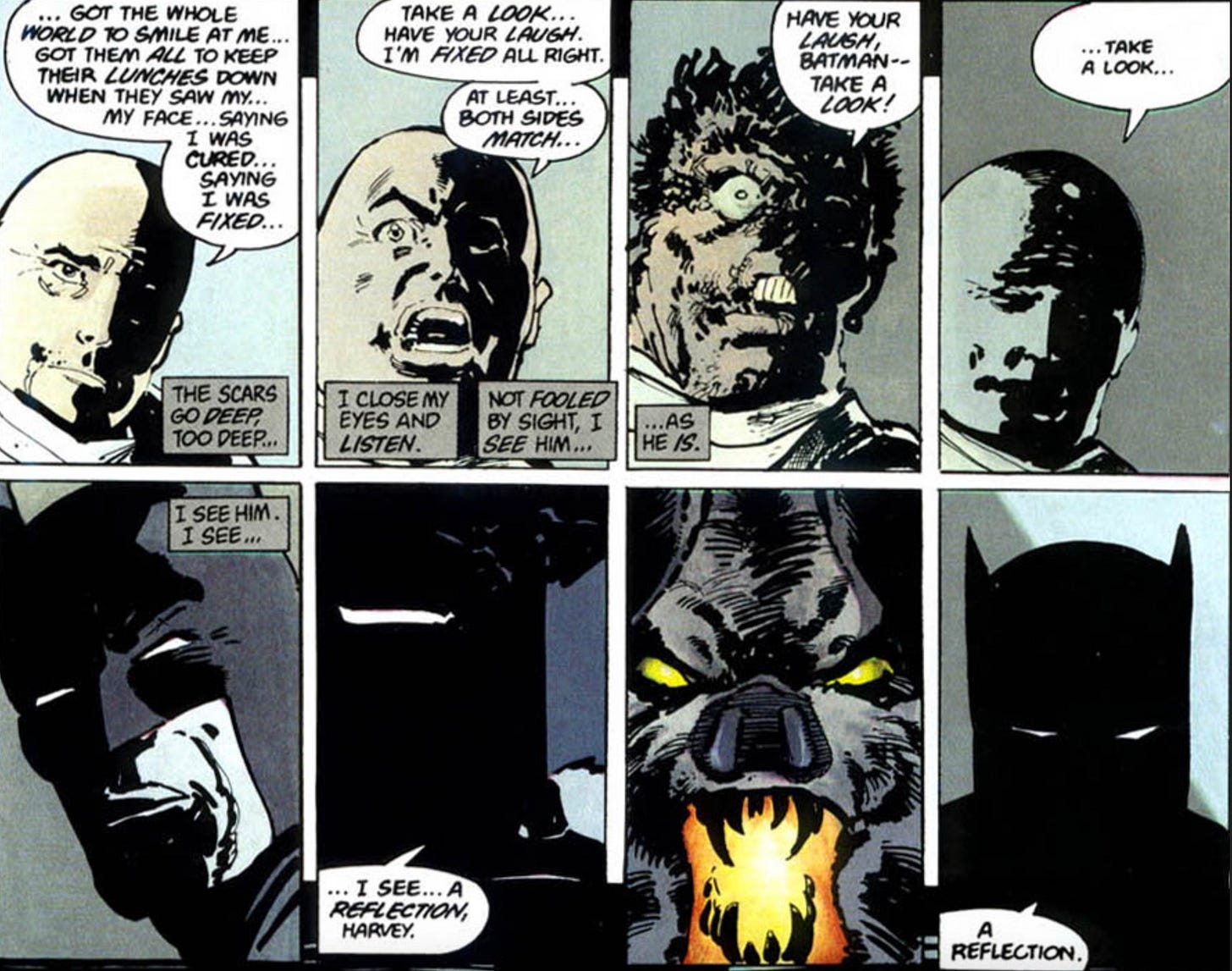WHEN CONFLICT AND CHARACTERS COLLIDE
Extrinsic or Intrinsic Choices, Reader Facing or Character Facing Reveals
I’m working on this YA novel — which I’m serializing here — and one thing I’ve been trying to come to grips with is how my protagonist changes or doesn’t change as he’s worked over by the Story’s various Conflicts.
We all know: Conflicts catalyze our Stories and help dramatize our Characters — when done right Conflicts incite our Character to make choices that keep our Characters alive and dynamic in the imagination of our readers. By having characters respond meaningfully to conflict, by giving characters convincing Conflict-induced choices, the writer sells the world and characters to the reader as real.
To repeat: Conflict affords characters opportunities to perform their character and through their choices to deepen a reader’s understanding of who they are. Sometimes what is revealed about the characters through these performance / choices is obvious and helps to delineate what is most salient about the character. For example: those scenes in any Batman story where Batman is being prototypically Batman (a bad-ass vigilante).
Sometimes what is revealed about the Character through their performances / choice is less obvious. For example those moments in the best Batman stories where Batman expresses unusual depths: a more subtle tormented self-aware sympathetic side. One is reminded of the moment at the end of Frank Miller’s The Dark Knight Returns issue two.
Good Conflict forces Characters to make choices — choices that reveal the character to the reader by their choices.
These are reader-facing reveals.
But there is another type of reveal that often occurs if your story is going long or deep (or both).




